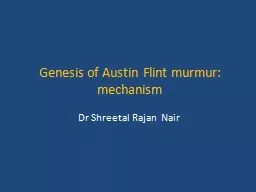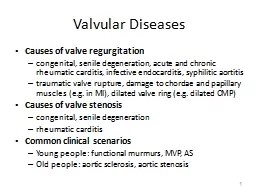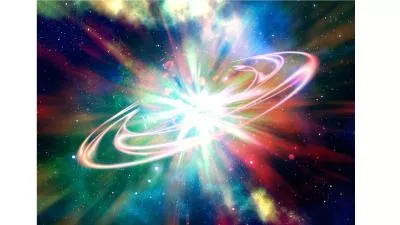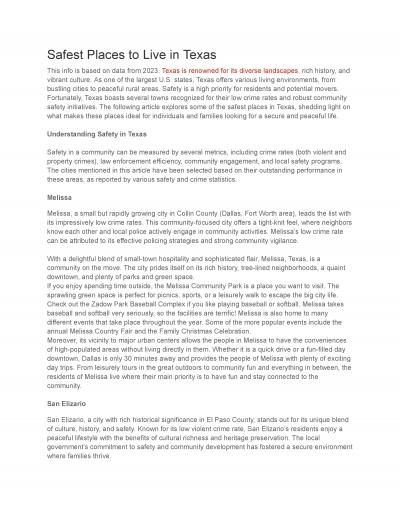PPT-Genesis of Austin Flint murmur:
Author : sherrill-nordquist | Published Date : 2020-04-02
mechanism Dr Shreetal Rajan Nair The original description In 1862 AUSTIN FLINT described an apical presystolic murmur in two patients with considerable aortic
Presentation Embed Code
Download Presentation
Download Presentation The PPT/PDF document " Genesis of Austin Flint murmur:" is the property of its rightful owner. Permission is granted to download and print the materials on this website for personal, non-commercial use only, and to display it on your personal computer provided you do not modify the materials and that you retain all copyright notices contained in the materials. By downloading content from our website, you accept the terms of this agreement.
Genesis of Austin Flint murmur:: Transcript
Download Rules Of Document
" Genesis of Austin Flint murmur:"The content belongs to its owner. You may download and print it for personal use, without modification, and keep all copyright notices. By downloading, you agree to these terms.
Related Documents














